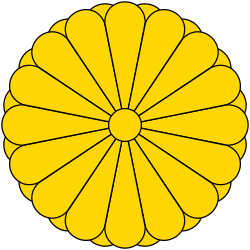| |||||||||||||||||||||||||||||||
All 466 seats in the House of Representatives 234 seats needed for a majority | |||||||||||||||||||||||||||||||
|---|---|---|---|---|---|---|---|---|---|---|---|---|---|---|---|---|---|---|---|---|---|---|---|---|---|---|---|---|---|---|---|
| Turnout | 82.29% ( | ||||||||||||||||||||||||||||||
| |||||||||||||||||||||||||||||||
 Districts shaded according to winners' vote strength | |||||||||||||||||||||||||||||||
| |||||||||||||||||||||||||||||||
| This article is part of a series on |
 |
|---|
General elections were held in Japan on 20 February 1930. [1] The Constitutional Democratic Party, which was led by Prime Minister Hamaguchi Osachi, won an overall majority in the House of Representatives. Voter turnout was 82%.


